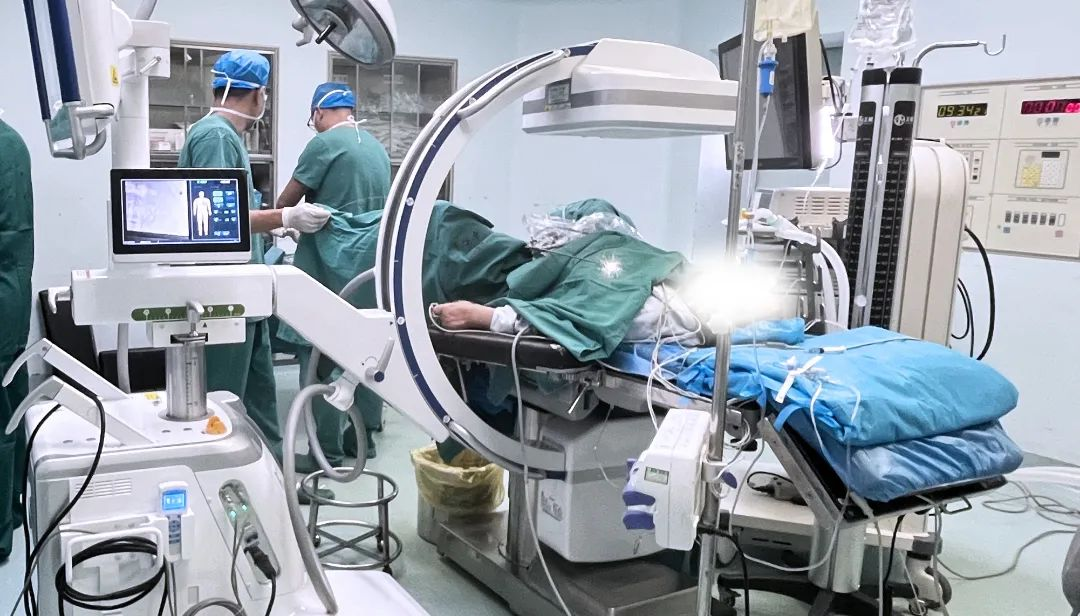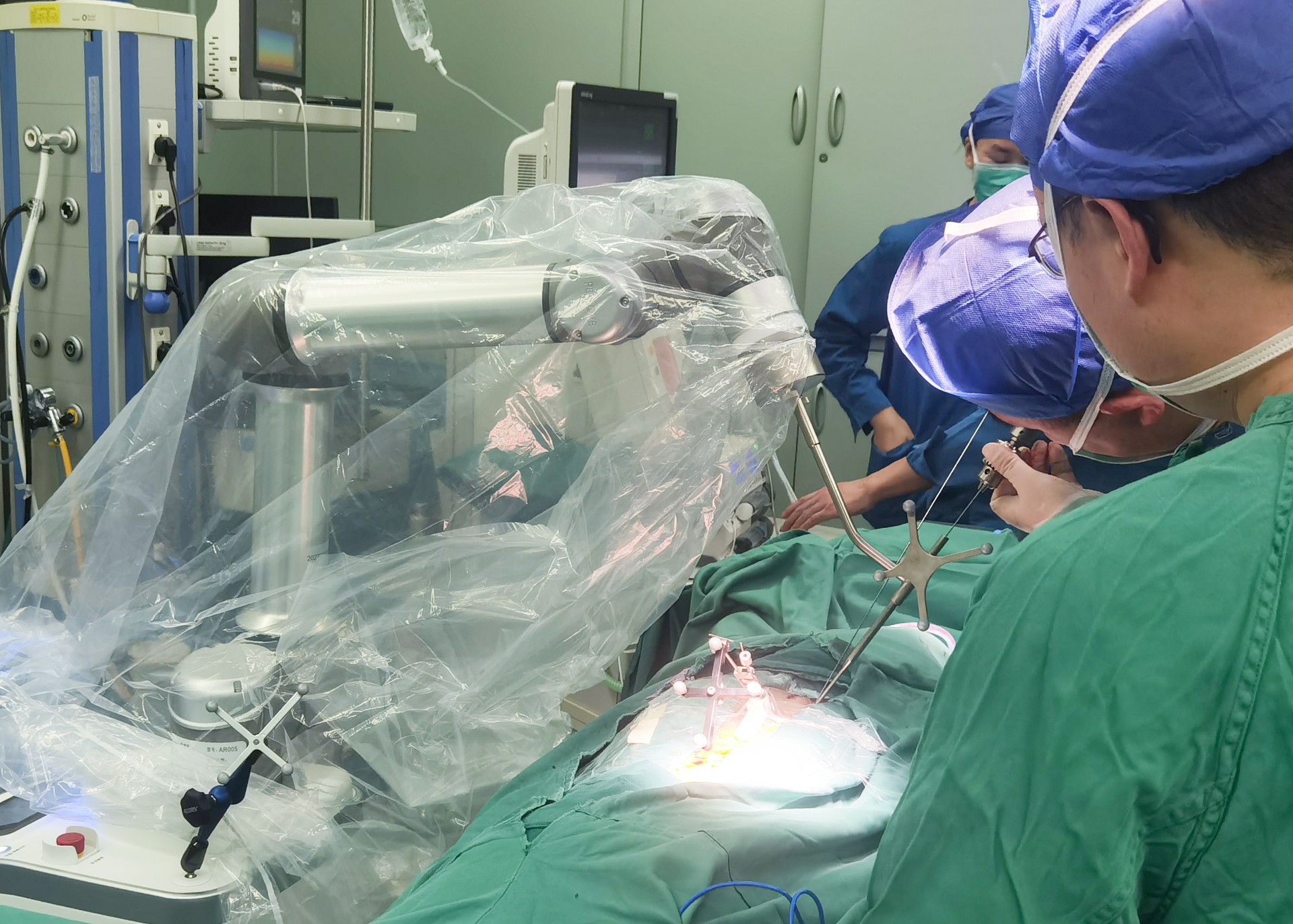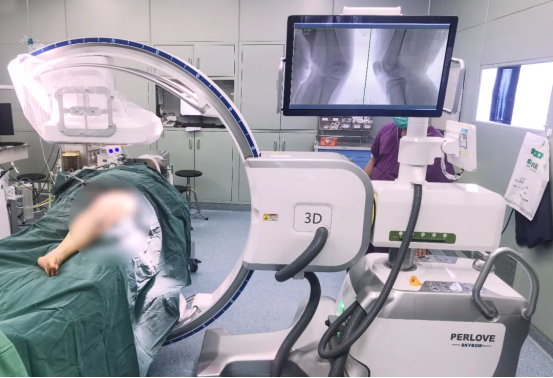News
2022-08-16 09:34:10 Views:1282
Case present: Ureteral stent placement with PLX119C all-in-one surgical C-arm
Recently, Dr. Wei Zhongqing, the director of the Second Affiliated Hospital of Nanjing Medical University, has led his team to successfully complete a ureteral stent placement surgery for a patient with ureteral stricture. During the surgery, PLC119C all-in-one C-arm (Upgraded FPD version) provided image guidance for the accurate ureteral stent placement by large field of view imaging, ensuring the smooth operation.

The patient is 85 years old, female who has been gone through a percutaneous nephrolithotomy (PCNL). After surgery, due to ureteral stricture, resulting in dysuria and renal insufficiency. Ureteral stent placement is then performed to ensure normal urination.
What is a ureteral stricture?
The ureter is a pair of long, thin cavities that connect the kidney to the bladder. Its main function is to drain urine from the kidney into the bladder. When the ureter are blocked, it may lead to ureterectasia or hydronephrosis, resulting pain, urinary tract infections, hematuria, kidney stones and other symptoms. Factors that may cause ureteral stricture include kidney stones, congenital diseases, iatrogenic injuries, radiotherapy, and malignancy. Studies have shown that although only 3.5% of ureteral strictures occur after endoscopic lithotripsy1, iatrogenic injury is still the most common cause of damage to the ureters, accounting for about 75% of all ureteric injuries2. Considering that the patient was 85 years old, the probability of postoperative complications was relatively high.
-
Surgical Robots Take the Stage in the “Battle to Protect the Spine”
Read More » -
Application of 3D C-arm Imaging in Radiofrequency Ablation Treatment of Trigeminal Neuralgia
Read More » -
Correcting Limb Length Discrepancy | 3D C-arm Assisted Epiphysiodesis in Pediatric and Adolescent Patients
Read More » -
Perlove Medical Concludes a Successful Presence at RSNA 2025 in Chicago
Read More » -
Multiple C-arm Systems From Perlove Medical Installed at Zhujiang Hospital of Southern Medical University
Read More » -
Perlove Medical 3D C-arm Installed at Ningde City Hospital
Read More »





